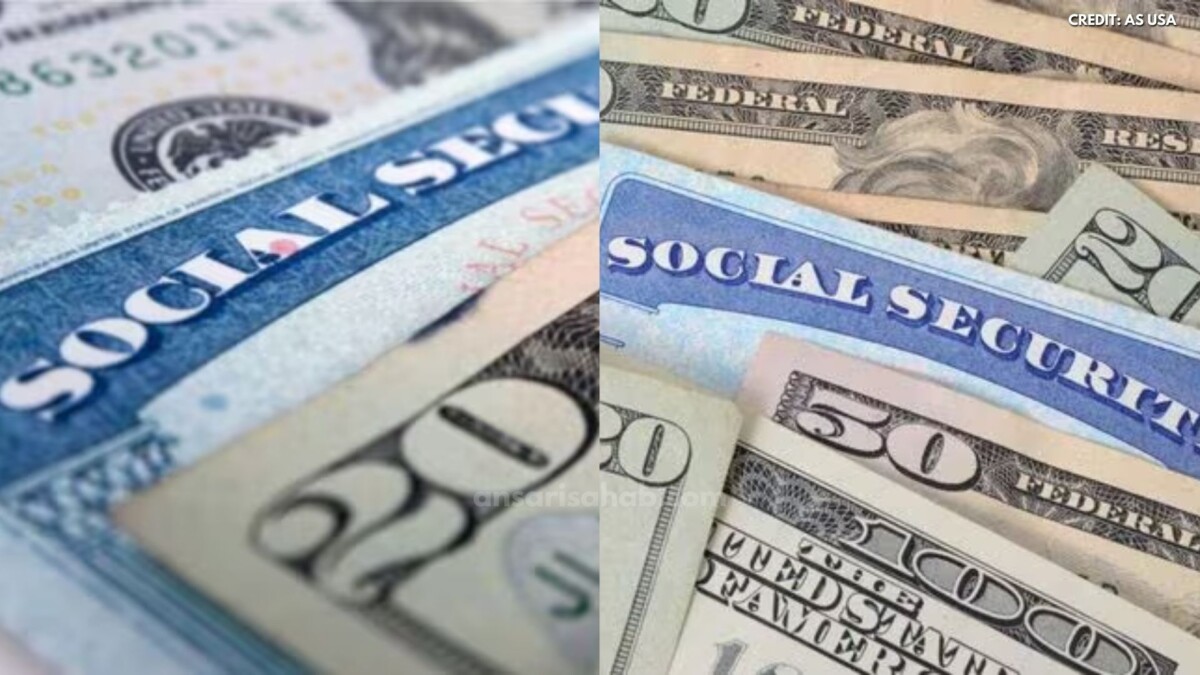In August 2025, tensions between the United States and India have spiraled into one of the most dramatic trade confrontations in recent memory. It began with a sharp escalation in tariffs and culminated in the abrupt cancellation of vital trade discussions—sending shockwaves through global markets and bilateral relations.
Tariff Escalation Timeline
- August 7, 2025: The U.S. imposed a 25% “reciprocal” tariff on select Indian goods.
- August 27, 2025: An additional 25% penalty tariff took effect, bringing the total duty burden to an astonishing 50% for many exports from India.
- Around $48.2 billion worth of Indian merchandise exports to the U.S. are now subject to this 50% tariff regime, according to government assessments in India.
Trade Talks Collapse
A planned visit by U.S. trade officials to New Delhi, scheduled for August 25–29, was abruptly cancelled just days before it was due to begin. The cancellation effectively postponed progress toward a bilateral trade agreement and dashed hopes for easing tariff pressure.
Underlying Causes
The tariff spike was explicitly linked to India’s ongoing imports of Russian oil. Washington viewed this continued energy engagement as undermining broader sanctions, prompting aggressive economic retaliation. India, in turn, condemned the tariffs as unfair and hypocritical, highlighting that other major buyers of Russian oil were not similarly targeted.
Economic and Political Fallout
- Indian exporters—particularly in textiles, jewelry, auto components, and seafood—are facing a dramatic erosion of competitiveness in the U.S. market.
- Shrimp exporters have been hit especially hard, prompting many small-scale producers to consider pivoting to domestic ventures.
- Indian leadership responded defiantly: they pledged to “pay a heavy price” to protect farmers and key industries, and launched rapid domestic strategies to mitigate trade disruptions via export diversification and broader industry support.
Diplomatic and Strategic Consequences
This episode has inserted deep mistrust into U.S.–India relations. The breakdown of negotiations and tariff hostility are seen as a sign of strategic misalignment, complicating not only economic ties but also defence collaboration and regional strategic coordination.
1. Trade Talks Collapse
A breaking turn in US–India trade tensions unfolded in mid-August 2025, as the much-anticipated visit by U.S. trade officials to New Delhi—slated for August 25–29—was abruptly canceled. This visit was intended to mark the sixth round of bilateral trade talks, aiming to address deeply rooted disagreements over India’s agriculture and dairy sector access, as well as its continued imports of Russian oil.
The sudden cancellation effectively halted any immediate progress toward a formal trade agreement. With the next round of discussions lacking a confirmed date, hopes for easing the escalating trade standoff were dashed—precisely as a significant tariff increase loomed.
Just two days after the visit was called off, a new wave of punitive tariffs was scheduled to take effect. These additional duties would raise the total tariff burden on selected Indian exports up to an unprecedented 50%. The timing of the cancellation only heightened the sense of economic alarm and underscored the sharp divergence between the two nations’ trade strategies.
2. Tariff Escalation Timeline
In August 2025, the U.S.–India trade dispute took a sharp turn with a rapid and formidable escalation in tariffs—an economic shockwaves-inducing move that impacted billions in exports.
- August 7, 2025: The U.S. government initiated a 25% “reciprocal tariff” on a wide range of Indian exports. These goods spanned key sectors including textiles, jewelry, furniture, auto parts, and seafood. The move was intended as leverage in broader trade negotiations but quickly intensified tensions.
- August 27, 2025: Just three weeks later, a second wave of tariffs was activated—this time adding another 25% in penalty duties. With this addition, the cumulative tariff rate surged to 50% on targeted products.
- Export Exposure: Roughly $48.2 billion worth of Indian shipments to the U.S. now carry this doubled-up tariff burden. This includes both mass-market commodities and high-value niche items, putting immense pressure on exporters already coping with rising production costs and global competition.
- Sectoral Impact: The effect is multi-pronged. Traditional strengths such as textiles and gems face sharp price increases, potentially making them uncompetitive in the U.S. market. Fresh produce and seafood exporters are now considering rerouting to other markets or reducing output. Manufacturers in auto and machinery components are also re-evaluating assembly and supply chain strategies.
- Exporters at Risk: Small and medium-sized exporters—particularly those lacking pricing power or diversified client bases—are the most vulnerable. Some are fearing order cancellations. Others are exploring strategies like internal cost restructuring, product redesign, or even shifting production focus to markets less affected by U.S. tariffs.
3. Economic Impact & Strategic Responses
The U.S.’ aggressive tariff escalation on August 7 and August 27 has set off a wave of economic and political ripples across India. This 50% levy on roughly $48.2 billion in exports is reshaping the export landscape and prompting urgent, strategic countermeasures.
Economic Fallout
- Export Pressure Intensifies: The steep tariffs are expected to undercut India’s export volumes considerably—industry estimates suggest a potential 40–50% drop in U.S.-bound shipments, notably in textiles, jewelry, auto parts, and seafood.
- Strain on MSMEs: Smaller exporters—especially in labor-intensive sectors—are facing heightened cost burdens, shrinking margins, and potential order cancellations, raising concerns about their survival.
Strategic Policy Responses
- Stimulating Domestic Consumption: In a move to cushion the economic shock, the government unveiled a $20 billion reform package to boost consumer demand—simplifying the GST structure, lowering taxes on daily essentials, and stimulating overall domestic growth.
- Empowering Self-Reliance: The Prime Minister’s Independence Day address emphasized a reinvigorated “self-reliant India,” with accelerated development of key sectors like semiconductors, green energy, and defense manufacturing.
- Sector-Focused Relief: Recognizing uneven impacts across industries, the administration is rolling out targeted support tools—including low-collateral sector credit lines, cluster-level working capital, and insurance subsidies tied to employment and production goals.
- Export Diversification Committees: Acknowledging dependency risks, especially in textiles, multiple task groups have been formed to explore new markets, reposition product offerings, and reach untapped buyer bases.
Political and Diplomatic Ripple Effects
- Strategic Messaging: Rather than responding with knee-jerk retaliation, India has adopted a tactically calm posture—leveraging its oil trade and regional ties to indicate geopolitical resilience and strategic depth.
- Calls for Structural Reform: Industry leaders, economists, and policymakers are uniting around the need for deep reforms—infrastructure upgrades, fiscal incentives, and global branding—to steer India beyond its current middle-income plateau.
4. Broader Diplomatic Fallout
The recent U.S. tariff surge on Indian exports isn’t merely an economic slap—it signals a deeper geopolitical shift, redefining the contours of U.S.–India relations in 2025.
- Economic Coercion Takes Center Stage: The aggressive tariff imposition represents a marked shift from traditional diplomacy to coercive economic tools. This strategy leverages financial pressure over dialogue to influence India’s policy choices—particularly on its stance toward Russian oil imports.
- India’s Strategic Stand: New Delhi responded promptly and clearly, labeling the tariffs as unfair and selectively punitive—especially noticeable since other nations that continue to import Russian oil have avoided similar consequences. By resisting external pressure and maintaining its energy policy, India emphasized its strategic sovereignty and long-term national interests.
- Defense Ties Under Tension: The economic fallout risks extending into the defense domain. Strengthening cooperation in defense manufacturing, joint exercises, and technology transfer could slow down or face new scrutiny, altering the trajectory of growing security collaboration between the two countries.
- Regional and Global Ripples: In South Asia and the broader Indo-Pacific, nations are closely watching this episode. It may prompt smaller countries to rethink their alignments, trade dependencies, and reliance on diplomatic guarantees. Meanwhile, global narratives around protectionism, supply chain resilience, and regional blocs are being reexamined in light of the U.S.–India confrontation.
- Post-Globalization Realignments: The escalating tension highlights a broader fragmentation of global trade dynamics. Bilateral trust is eroding, often making room for regional alliances and diversified trade networks. India may deepen economic collaboration with partners in Europe, Southeast Asia, Africa, and the Middle East—while also strengthening its “Make in India” ethos and domestic industrial ambitions.
Conclusion
As of mid-August 2025, the U.S.–India trade tariffs have transcended economics, reshaping both the diplomatic and strategic landscape. With bilateral negotiations stalled and steep duties in place, both nations face critical decisions that could redefine their long-term partnership.
The trust that once underpinned this alliance now faces erosion—but amid the turbulence lies the potential for adaptation. India is recalibrating toward self-reliance and diversified global ties, while the U.S. must weigh the global impact of its coercive trade tactics. The path forward may well determine a new chapter in global trade politics—one marked by recalibrated alliances, economic resilience, and shifting power balances.
Sources:
Livemint
NDTVProfit
Economictimes









